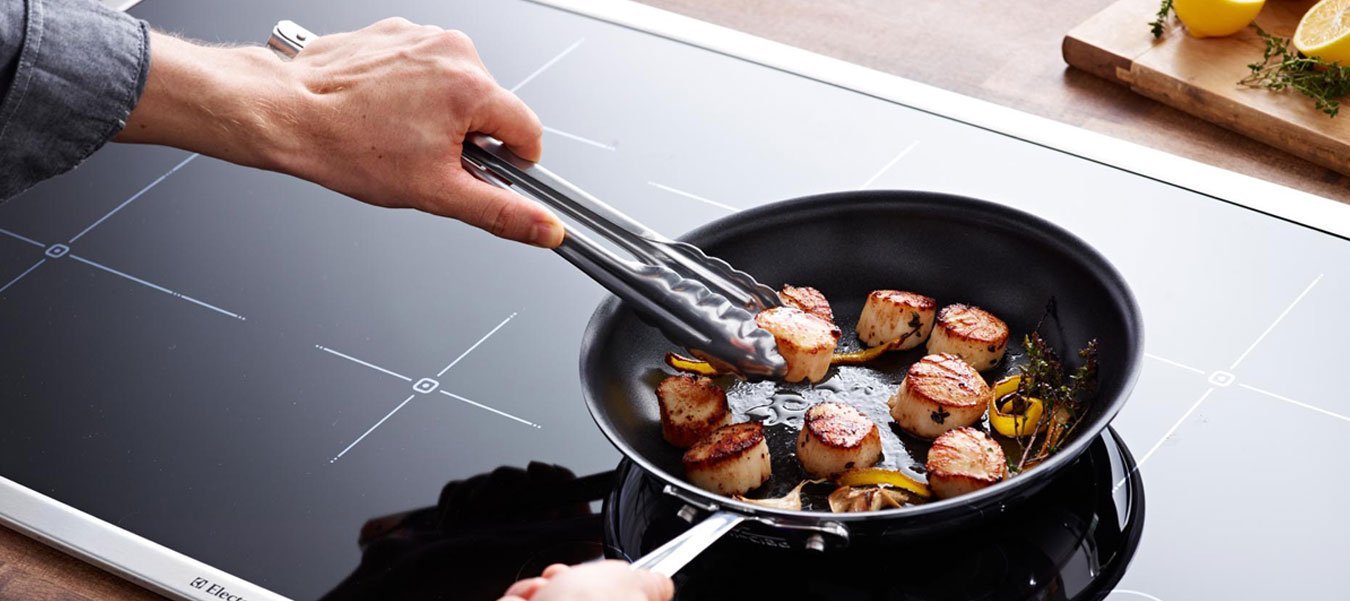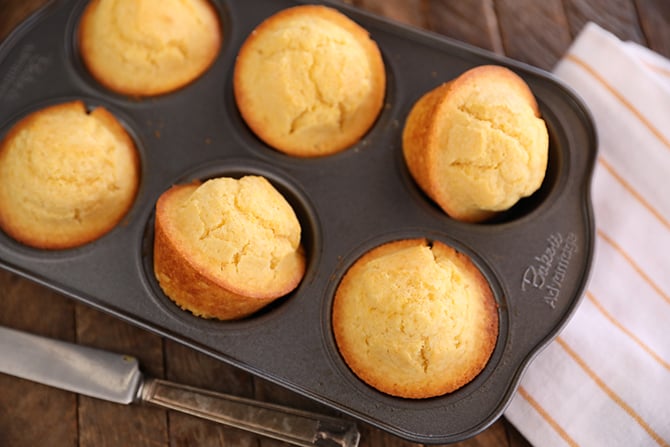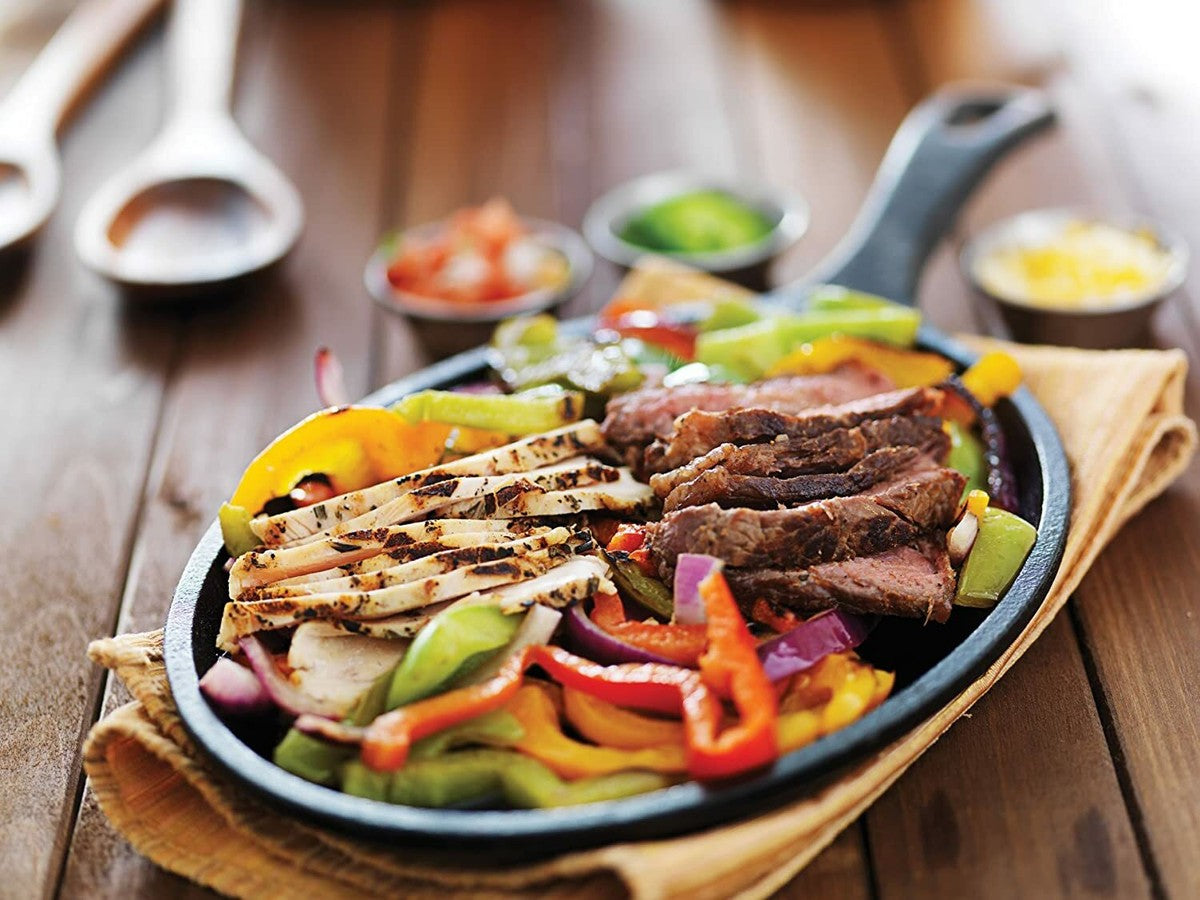In the realm of modern cooking technology, the question 'does cast iron heat slowly on induction' frequently arises among kitchen professionals. Understanding how different cookware materials interact with induction stoves is crucial for culinary experts seeking precision in cooking. As induction cooking grows in popularity due to its efficiency and safety, examining how cast iron performs on these cooktops is essential.

Understanding Induction Cooking
To comprehend whether cast iron heats slowly on induction, it is important to first understand how induction cooking works. Unlike traditional gas or electric stoves, induction cooktops use electromagnetic fields to directly heat pots and pans. This means that the cookware itself becomes the heat source, allowing for faster and more efficient cooking.
The Science Behind Induction Heating
Induction cooking relies on electromagnetic fields to generate heat. When a pot or pan with a ferrous (iron-containing) base is placed on the induction cooktop, the electromagnetic field induces electric currents in the cookware. These currents generate heat due to the resistance of the cast iron, effectively cooking the food.
Why Cast Iron is Suitable for Induction
Cast iron is inherently suitable for induction cooking because of its ferrous properties. The materials heavy and dense nature ensures excellent heat retention, making it a favorite among chefs for tasks requiring consistent heat over time. However, rumors persist that cast iron heats slowly on induction, prompting further investigation.
Does Cast Iron Heat Slowly on Induction?
The perception that cast iron heats slowly on induction might stem from misunderstandings about its thermal properties. While cast iron does take longer to heat initially compared to lighter materials, this is not necessarily a drawback. The slower initial heating is balanced by superior heat retention once the desired temperature is reached. This unique characteristic is what makes cast iron a staple in many professional kitchens.
Initial Heat-Up Time
When placed on an induction cooktop, cast iron may take a few extra minutes to reach the desired temperature compared to materials like stainless steel or copper. This is due to its mass and density, which require more energy to heat up. However, this initial delay is often offset by the even and consistent heat distribution cast iron provides, crucial for cooking dishes that require precise temperature control.
Consistency and Retention
Once heated, cast iron maintains its temperature exceptionally well. This makes it ideal for cooking methods that benefit from steady, even heat, such as searing, frying, and slow-cooking. The retained heat ensures that once your cast iron skillet is hot, it stays hot, reducing energy consumption and enhancing cooking efficiency.
Optimizing Cast Iron Use on Induction
For kitchen professionals, optimizing the use of cast iron on induction cooktops can enhance culinary outcomes. Here are some tips to maximize the benefits of using cast iron on induction:
Preheating Techniques
Preheating your cast iron cookware gradually can help mitigate the slower initial heating. Start at a low power setting and gradually increase to the desired temperature. This ensures even heating and prevents hot spots.
Care and Maintenance
Proper care and maintenance of your cast iron cookware are crucial. Regular seasoning keeps the surface non-stick and protects it from rust. For more tips on maintaining your cast iron after induction use, check out this guide on re-seasoning cast iron.
Choosing the Right Cookware
Ensure that your cast iron cookware is induction compatible. Most modern cast iron pans are, but checking the manufacturer's specifications can prevent any surprises.
Comparing Cookware Materials
When deciding on cookware for induction stoves, it's beneficial to compare different materials. Cast iron, while slower to heat initially, offers unmatched heat retention and even cooking, making it a preferred choice in professional kitchens.
Stainless Steel
Stainless steel heats quickly and is also popular in professional kitchens. However, it does not retain heat as long as cast iron, which can affect cooking consistency.
Copper
Copper offers excellent thermal conductivity, heating quickly and evenly. However, it requires more maintenance and is often more expensive.
For more insights on cookware choices for induction cooking, you might find this article on induction cookware helpful.

FAQs
Is cast iron suitable for induction cooking?
Yes, cast iron is ideal for induction cooktops due to its ferrous properties, making it responsive to electromagnetic fields.
Why does cast iron take longer to heat on induction?
The density and mass of cast iron require more energy to heat initially, but this is offset by its superior heat retention once hot.
How can I speed up the heating process for cast iron on induction?
Gradual preheating and starting at a lower power setting can help ensure even heating and faster temperature attainment.
For additional cooking tips and insights, explore our sizzling platter presentation tips or learn about side dishes for sizzling platters.






Leave a comment
This site is protected by hCaptcha and the hCaptcha Privacy Policy and Terms of Service apply.